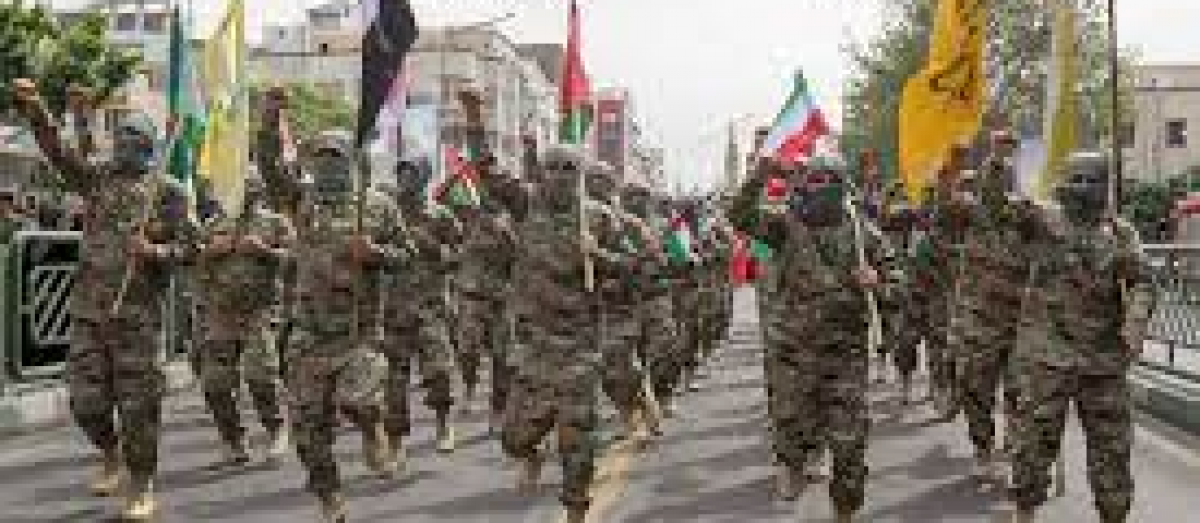That’s the problem with Hamas. Sure, Israel occupies Palestine, it’s an oppressive Apartheid government and that creates terrorism – but they do have the upper hand and that’s what matters.
Remember this – one person’s terrorist is another person’s freedom fighter: It’s just a matter of whose side you take.

Technically, Hamas fits the definition of a terrorist group, they attack citizens and use violence to press for political and societal change.
Hamas is a terrorist organization
It’s difficult for a group labelled as terrorists to win broad support. Hamas, a Palestinian militant group, has been involved in a long-standing conflict with Israel. Over the years, Hamas has employed various tactics in its attacks against Israel. These tactics have evolved and varied, but some of the key methods include:
- Rocket Fire: One of the most common tactics used by Hamas is the launching of rockets into Israeli territory. These rockets have ranged from short-range, crude projectiles to more sophisticated, longer-range missiles. The indiscriminate nature of these rocket attacks often leads to civilian casualties and damage in Israeli communities.
- Suicide Bombings: Particularly during the Second Intifada (2000-2005), Hamas was known for carrying out suicide bombings in Israeli cities. These attacks targeted buses, restaurants, and other public places, resulting in numerous civilian casualties.
- Tunnel Warfare: Hamas has constructed a network of tunnels in the Gaza Strip. Some of these tunnels have been used for smuggling purposes, while others are intended for launching attacks inside Israel. The Israeli military has targeted these tunnels in various operations.
- Use of Civilian Areas for Military Purposes: Hamas has been accused by Israel and various international bodies of using civilian areas in Gaza, including schools, hospitals, and residential areas, for military purposes. This includes storing weapons, launching rockets, and establishing command centers. The use of civilian areas for military activities is a contentious issue, with Israel arguing that it is a tactic used by Hamas to shield its military activities from retaliation, and critics arguing that Israel uses this as a pretext for disproportionate attacks on civilian areas.
- Incendiary Balloons and Kites: In recent years, Hamas and other groups in Gaza have used incendiary balloons and kites to set fires in Israeli territory, particularly in agricultural areas and nature reserves.
Evidence
Regarding the evidence of Hamas launching attacks from inside hospitals or using civilians as human shields, there have been several reports and accusations:
- United Nations Reports: Various United Nations reports have documented instances where Hamas and other militant groups used schools and hospitals for military purposes. For example, during the 2014 Gaza conflict, the United Nations Relief and Works Agency (UNRWA) discovered Hamas rockets stored in its schools.
- Media and NGO Reports: Some media outlets and non-governmental organizations have reported instances where Hamas appeared to operate from civilian areas. However, these reports often come from conflict zones and are sometimes difficult to independently verify.
- Israeli Military Claims: The Israel Defense Forces (IDF) have repeatedly accused Hamas of using civilian areas, including hospitals, as cover for military operations. The IDF has provided video footage and other evidence to support these claims, although the context and interpretation of this evidence are often disputed.
- Hamas Statements: Hamas, for its part, has often denied using civilian areas for military purposes or using civilians as human shields. However, their statements are also part of the broader propaganda efforts in the conflict.
Conclusion
In summary, while there is evidence suggesting that Hamas has used civilian areas for military purposes, the extent and nature of these tactics are often subject to debate and depend on the sources of the information. The use of civilian areas in armed conflict raises complex issues under international law, particularly regarding the protection of civilians and the principle of proportionality in military responses.





